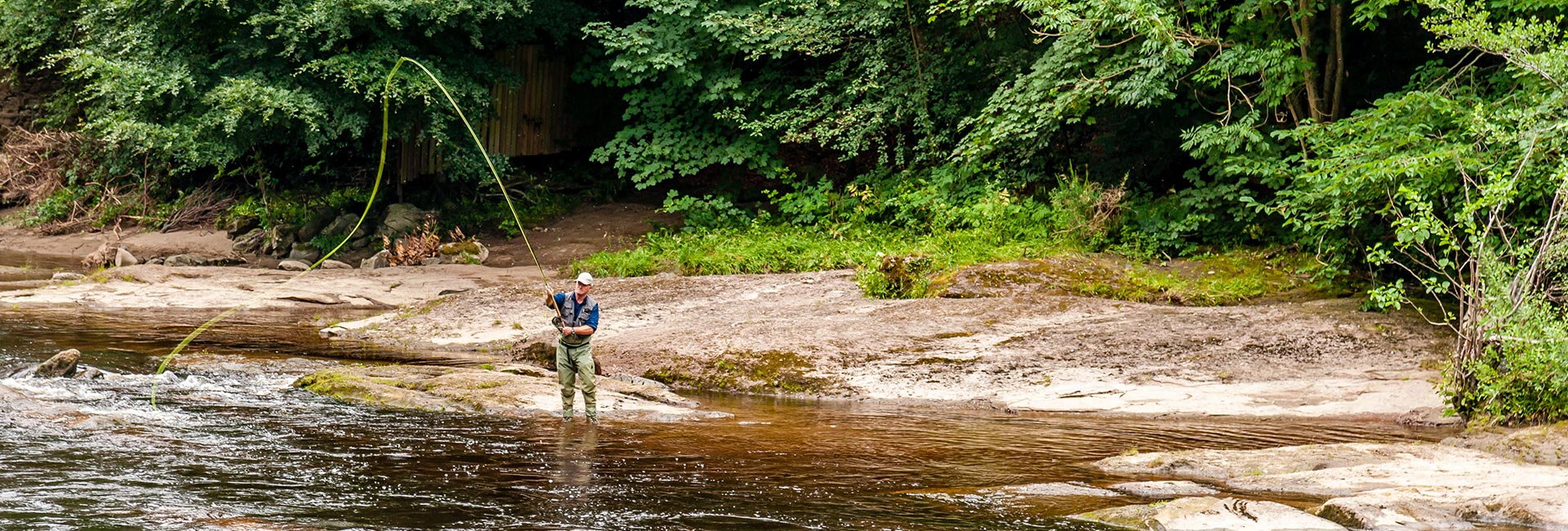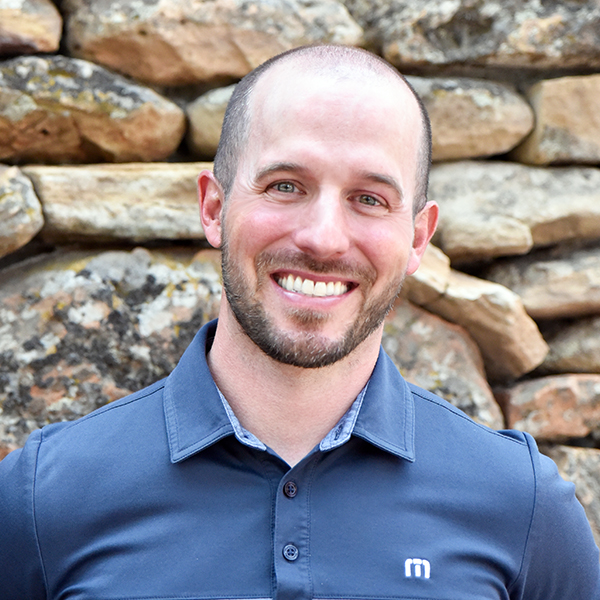With the trout season opener being right around the corner, many fly fishermen and women are organizing their fly boxes and hoping for some warmer weather. However, many anglers neglect to consider the physical and mental demands that fly fishing places on their bodies. Fly fishing is a sport that demands precision, finesse, and endurance. As any seasoned angler knows, mastering the delicate dance between angler and fish requires more than just skill—it requires physical conditioning and balance. That’s where physical therapy comes into play, offering a wealth of benefits to fly fishermen and women seeking to improve their performance on the water.
In this blog, we’ll explore how physical therapy can enhance balance, strength, flexibility, and overall well-being for fly fishing enthusiasts.
Balance is key while fly fishing
Whether wading through rushing rivers or perched on the edge of a boat, anglers must maintain equilibrium to navigate uneven terrain and withstand the pull of strong currents.
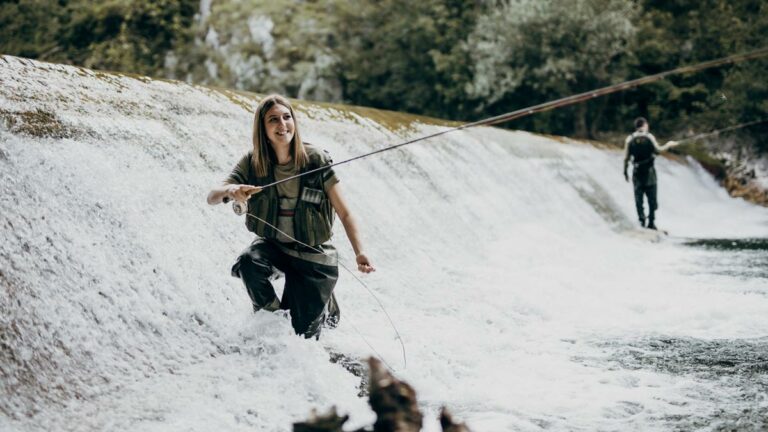
Physical therapy can help improve balance through targeted exercises that strengthen the core, stabilize joints, and enhance proprioception — the body’s awareness of its position in space.
By incorporating balance drills and stability exercises into a rehabilitation regimen, physical therapists can help fly fishermen and women develop the stability and control needed to stay upright and steady on the water.
Strength, a critical component for fly fishing
Fly fishing may look serene, but beneath its tranquil surface lies a battle of strength between angler and fish.
From casting to reeling, every movement engages a network of muscles, requiring strength and endurance to conquer that elusive catch. Physical therapy can target key muscle groups involved in fly fishing, such as the shoulders, back, and core to help build strength and prevent injury.
By incorporating resistance training and functional exercises physical therapists can help fly fishermen and women develop the strength and stamina needed to reel in their prized catch.
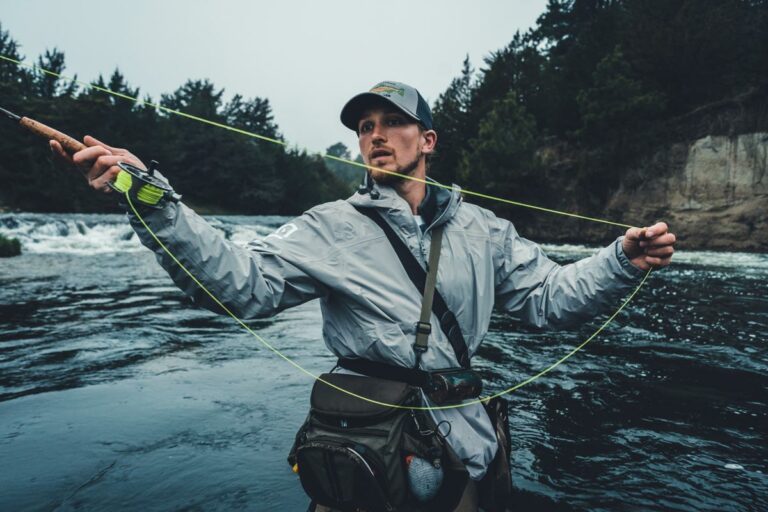
Flexibility impacts fly fishing skills
Flexibility is essential for fly fishing, allowing anglers to execute smooth, fluid movements with precision and grace.
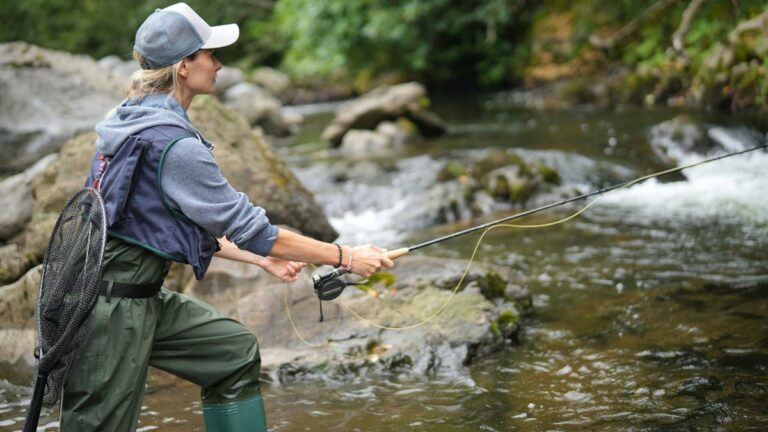
Whether reaching for a distant target or navigating tight spaces, flexibility plays a crucial role in casting efficiency and technique. Physical therapy can improve flexibility through a combination of stretching, mobility exercises, and manual therapy techniques that target tight muscles and joints. By increasing range of motion and reducing stiffness, physical therapists can help fly fishermen and women move more freely and comfortably on the water, enhancing their performance and reducing the risk of injury.
The mind-body connection
Beyond the physical benefits, physical therapy also fosters a deeper connection between mind and body, promoting mindfulness and self-awareness on the water.
Through techniques such as breathwork and meditation, physical therapists can help fly fishermen and women cultivate focus, concentration, and mental resilience — the keys to success in the pursuit of elusive trout and salmon.
By integrating mind-body practices into a comprehensive rehabilitation plan, physical therapists empower anglers to harness the power of their minds to enhance their fishing experience and overall well-being.
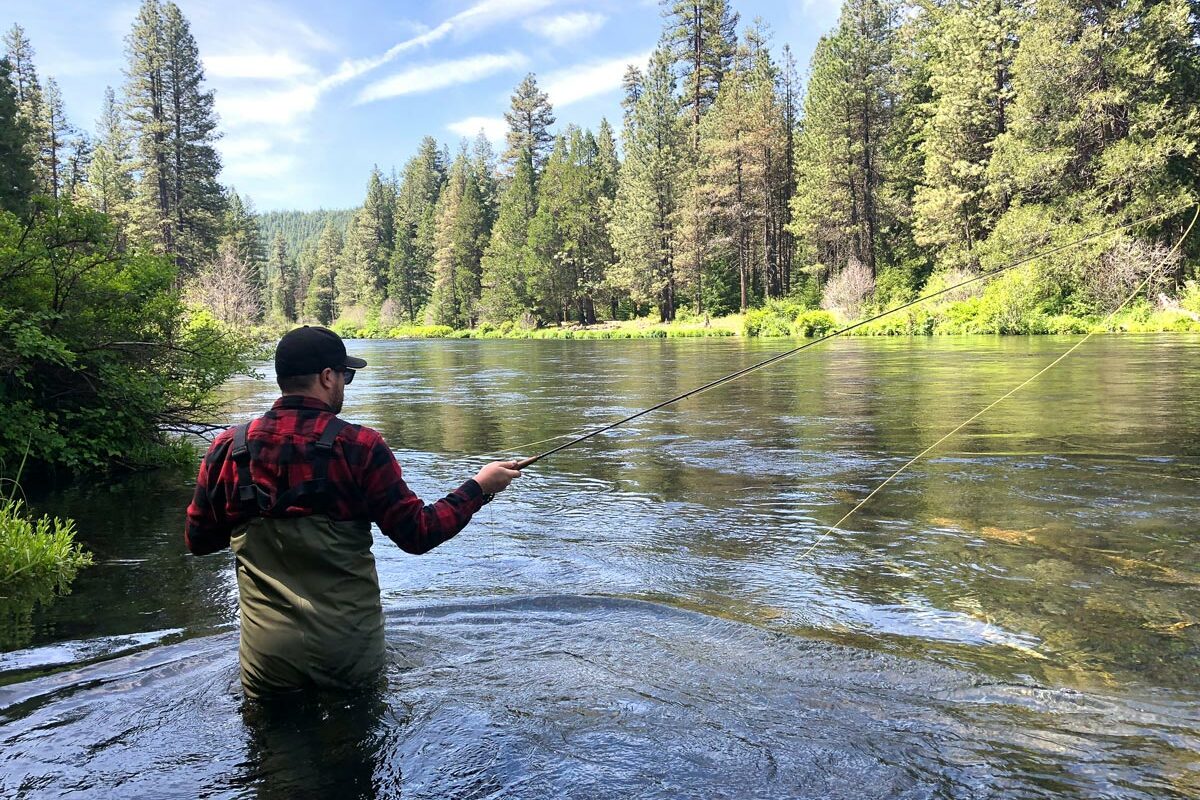
In conclusion, physical therapy offers a wealth of benefits to fly fishing enthusiasts seeking to improve their balance, strength, flexibility, and overall performance on the water. By incorporating targeted exercises into a rehabilitation regimen, physical therapists can help anglers cast with confidence, reel with ease, and stay healthy throughout the season. So, whether you’re a seasoned angler or a novice caster, consider the benefits of physical therapy to elevate your fly-fishing experience to new heights.
Elevate your fly fishing with the help of a PT!
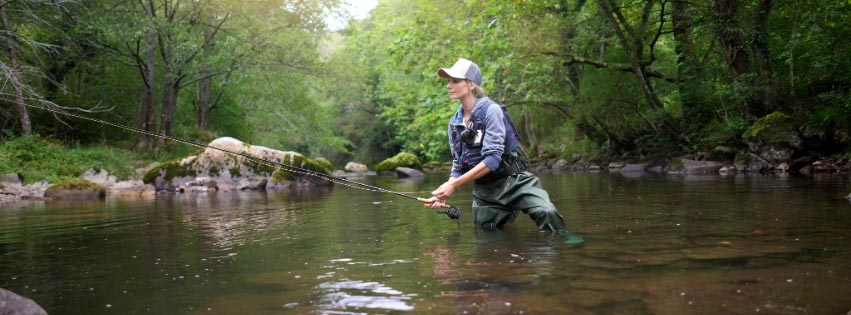
As physical therapists, we know the importance of avoiding pain and injury when it comes to our passions. As musculoskeletal experts, we are dedicated to helping every patient reach their goals and live an active, pain-free life. Get started with PT today!
